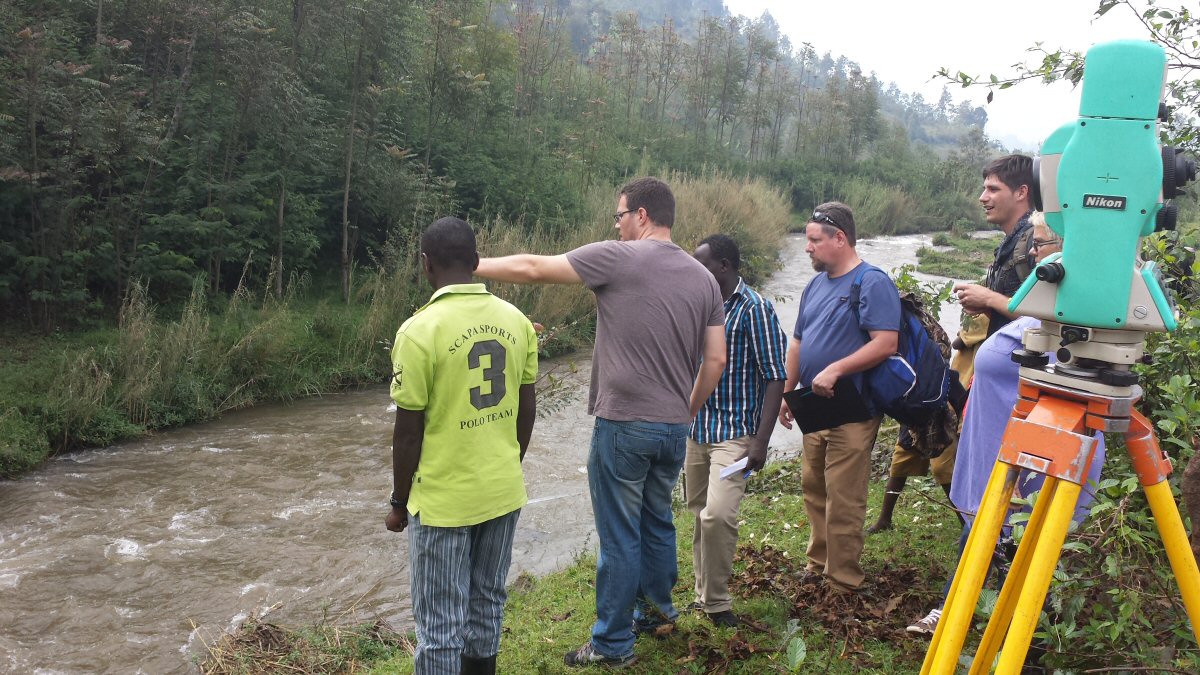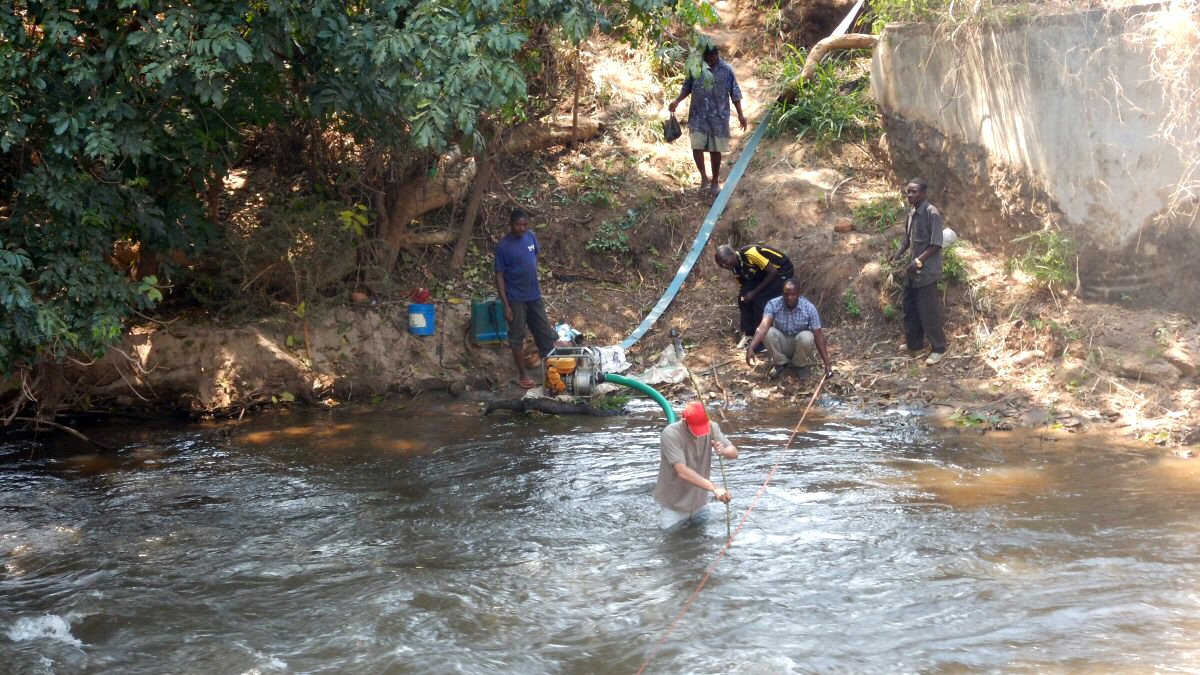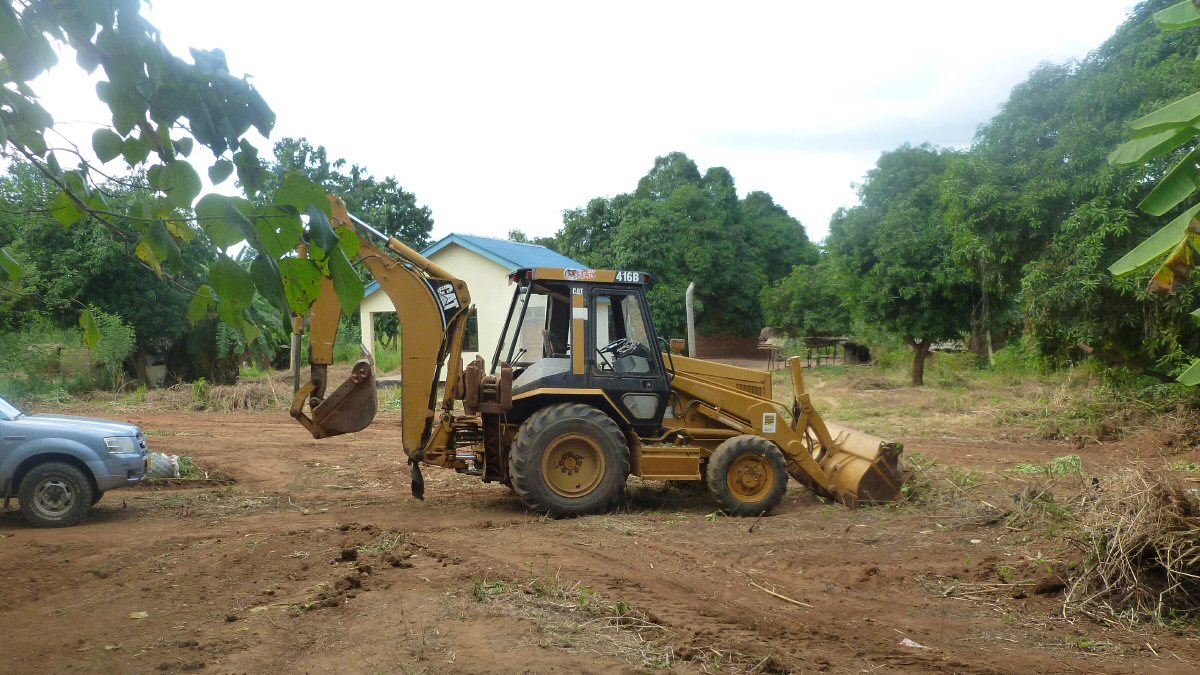Our History
 |
 |
 |
2013
In mid-2013, Ruaha Energy’s founder began conducting field and market research to assess the potential for delivering commercially viable, renewable energy solutions to underserved rural communities in Tanzania. It quickly became apparent that the pervasive market need for reliable, affordable, and renewable energy solutions represented a compelling opportunity to serve the local communities. Consequently, Ruaha was formed in August 2013 to undertake our initial operations. As our evaluations continued, two important trends became apparent:
| There was a growing recognition among governments and developmental institutions that smaller scale, rural based renewable energy solutions play an increasingly vital and important role in bringing power to the market. | |
| These converging dynamics laid the foundation for our formation. Our Company is the vehicle we use to drive our strategy designed to provide replicable, quick-to-market, renewable energy solutions to under served rural communities. |
2014
During 2014 we continued with a series of market reviews and socio-economic studies to determine the best path forward. In early 2014, we developed business plans and concept notes that were used as the basis to support applications for two grants. Both grants were awarded and two independent feasibility studies, a market study, and a strategic business plan were developed as a result of the grant support.
In December 2014, our first grant was approved by the Tanzania Rural Energy Agency (REA), as part of a World Bank sponsored program. The grant partially funded the evaluation of our regional strategy that included: an assessment of the hydro-power potential on the Lower Lukosi River, development of our “off-grid”, village-scale model, and an assessment of the potential for solar energy development in the Kilosa District.
Our second grant (also approved in December 2014) was awarded by the US Trade Development Agency under the Power Africa Initiative. The grant provided partial funding for a study to evaluate the hydro-power potential on the Upper Lukosi River.
2015
In 2015 the village-scale model was fully developed, and the solar evaluation was completed under the REA grant. Using the information gained as part of the REA funded studies we developed a village roll-out plan. We also applied for and were awarded a grant from the Energy and Environmental Partnership for Eastern and Southern Africa to launch the strategy. This grant provided partial funding for the construction of our first “mini-grid”, which, when completed with electrify 8 villages and connect approximately 1,600 residential and small business rural customers! The anchor village for the project is the village of Zombo.
To support our hydropower projects, we worked with our engineering partner Ritoch Powell & Associates , and formed a consortium of small-scale hydropower equipment manufacturers based in Columbus, Ohio. The consortium will supply the hydropower equipment required for the development of our “run-of-river” green energy projects. The group members worked very closely together to conduct the feasibility studies, evaluate the technologies, and develop the plans for the energy facilities.
We also established a strategic partnership with the Kilosa District Council to achieve two objectives. First, to electrify isolated rural communities in the District using hybrid, “off-grid” systems, and second, to install a portfolio of “utility-scale” solar photovoltaic installations in strategic locations in the District. To aid and support for the utility-scale projects we partnered with Cronimet Mining Power Solutions GmbH. Working with Cronimet we have developed a robust, standardized one megawatt solar pv plant development plan.
2016
A longer and harsher rainy season slightly delayed the beginning of construction of our Zombo energy facility until early June. First power was delivered in the 4th Quarter.
The hydropower feasibility studies on the Lukosi River were completed in June. The REA study identified a viable hydropower project site on the Lower Lukosi River. The facility will generate approximately 1.5 MW of green energy, which will be delivered directly to the TANESCO main power grid. The USTDA study identified three potential hydropower sites on the Upper Lukosi River, two 10 MW sites and one 5 MW site.
In July, the Company’s CEO travelled to Jaipur, India to tour the Genus Power Infrastructures (“Genus”) facilities (one of the leading pre-payment meter manufacturing companies in India). A preliminary agreement was reached with Genus to assemble pre-payment meters for sale in the Tanzanian market and eventually in other East African Community markets. The first test meters were delivered in early 2017 for use at the Zombo location, and we responded to one tender request by a private developer for 4,550 meters.
In August the Company entered into an agreement with the Ilundo Community Cooperative Society to jointly develop, own, operate, and maintain two small hydro power facilities near Ilundo Village. The feasibility study and environmental permitting are completed. The Company applied to TANESCO to transfer the projects from the Ilundo Community Cooperative Society to Ruaha Energy and to enter into a Standard Power Purchase Agreement (“SPPA”) to commercialize the facilities. In late 2016 REA commissioned a grid study for the project. The results were favorable.
In November 2016 we received our first Letter of Intent from TANESCO for the development of a 0.95 1 MW “utility-scale” solar farm. Six additional “utility-scale” solar photovoltaic sites were identified, and land was acquired for two of the sites. A second application for a Letter of Intent for the Kilosa Town site (0.95 MW) was filed in November and the Company acquired land and buildings site adjacent to the planned solar farm site that will be converted into the Company’s Kilosa District offices and maintenance facility. The Kilosa Town site will be developed as a priority. The entire Kilosa campus owned by the Company covers over 500,000 square feet.
The Company successfully closed a Reg D, Rule 506 Private Placement of Preferred shares in November.
In December the Company entered into an agreement with Energy4Impact under the IFC sponsored TASF program. Under the agreement the Company received technical, legal, and transaction support to further develop its village scale projects
2017
In early 2017, the Company received support under a second Energy and Environmental Partnership for Eastern and Southern Africa grant to partially fund the purchase of equipment for the Kilosa Town utility scale solar facility. Work began on site preparation and final feasibility, engineering, and environmental studies were completed for the site. Work on the Company’s Kilosa Regional Headquarters facility accelerated and the Zombo village distribution network was extended to include two nearby villages (Nyali and Ikunga). Planning began for electrification of the next group of 5 villages to the south of Zombo.
The Company, in partnership with the University of Dar es Salaam created an internship program for off-grid renewable energy studies. Two Electrical Engineering students successfully completed the program and one was hired as a full-time employee to manage the Zombo facility. The Company also hosted a US intern from St. Lawrence University (New York). The intern completed a study on the developmental impact of village scale electrification on women.
During 2017, TANESCO revised the Guidelines for the Standard Power Purchase Agreement (“SPPA”). During the revision process no SPPA’s were signed resulting in a two-year moratorium on signing SPPA’s with private developers. The new guidelines were approved in late October and in November the Company successfully negotiated the terms and conditions of its first SPPA for the 1 MW Kilosa Town solar facility (which was finalized in January 2018).
The Company in partnership with Genus, was awarded the tender to supply 4,550 pre-payment meters for a 20-village project in the south of Tanzania. Complete knock-down kits were delivered to the Company in December 2016 and assembly began in early 2018.
In late 2017, the Company’s water permit for a 1.5 megawatt run-of-river hydropower project on the Lukosi River was approved. The preliminary designs are being revised by our engineering team in the US to reflect certain changes requested by the Ministry of Energy.
In November the Company signed a Support Agreement with the REPP (Renewable Energy Performance Platform) to provide a facility to partially fund the technical, environmental, and financial structuring requirements for a planned portfolio of 4 one megawatt utility scale solar photovoltaic facilities in the Kilosa District.
2018
On 30 January 2018 the Company’s SPPA for the Kilosa Town was approved and executed. The SPPA was the first SPPA executed with a private developer in over two years. Work on the project is now accelerating.
The REPP facility was approved in March and work has started on technical and environmental studies for the next phase of the Company’s planned roll out of utility scale solar facilities in the Kilosa District. A preliminary desk study was completed in February that identified four high potential sites. Field work began in March and is expected to be completed in April.
Assembly of the 5,550 electricity pre-payment meters was completed in January. An independent process validation report was issued on the assembly process in February, and in March the Company received a Certificate of Origin, verifying the meters were assembled in Tanzania.
